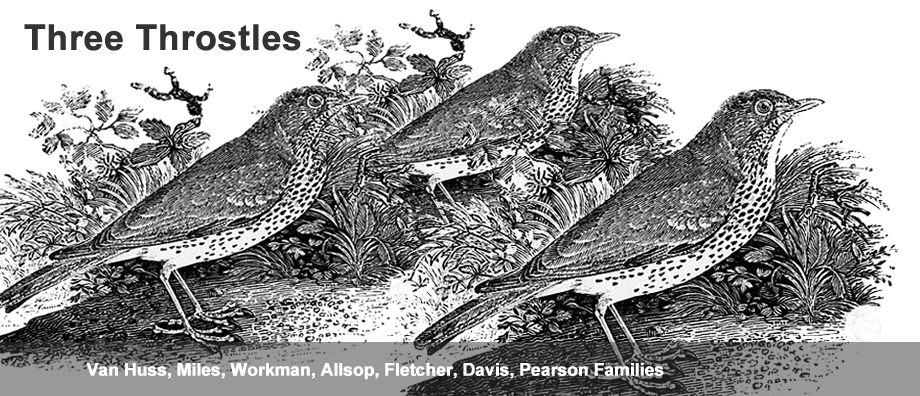Perhaps a thousand homesteads were gathered on the island of Nordstrand before the flood. Perhaps two. Over successive decades, the land had been reclaimed from the North Sea. In 1630, the Dutch government hired Jan Adriaansz Leeghwater to supervise the land-reclamation. The island had two high points, Nordstrand itself and the smaller and more westerly Pellworm. The homesteads had names: Westerwold and Osterwold, Stintebull and Konigsbull, and many others. The island was home to some 9, 000 people, farmers, cattlemen, goose and chicken ranchers. It encompassed almost 100 square miles, four times the size of our own Manhattan. More than two dozen windmills and a long dyke kept the sea at bay. A half dozen clock towers sounded out the hours during the night and summoned the holy to church on Sundays.
In the space of one night all this would change. In the evening hours of October 11-12, 1634, the sea swallowed more than half of the island, 6,123 people drowned, 1,339 farms and houses were washed away, as were 28 windmills and 6 clock towers. The estimated loss of livestock was 50,000.
Escape was a miracle, for even boats were tossed about by the wind and the waves.
